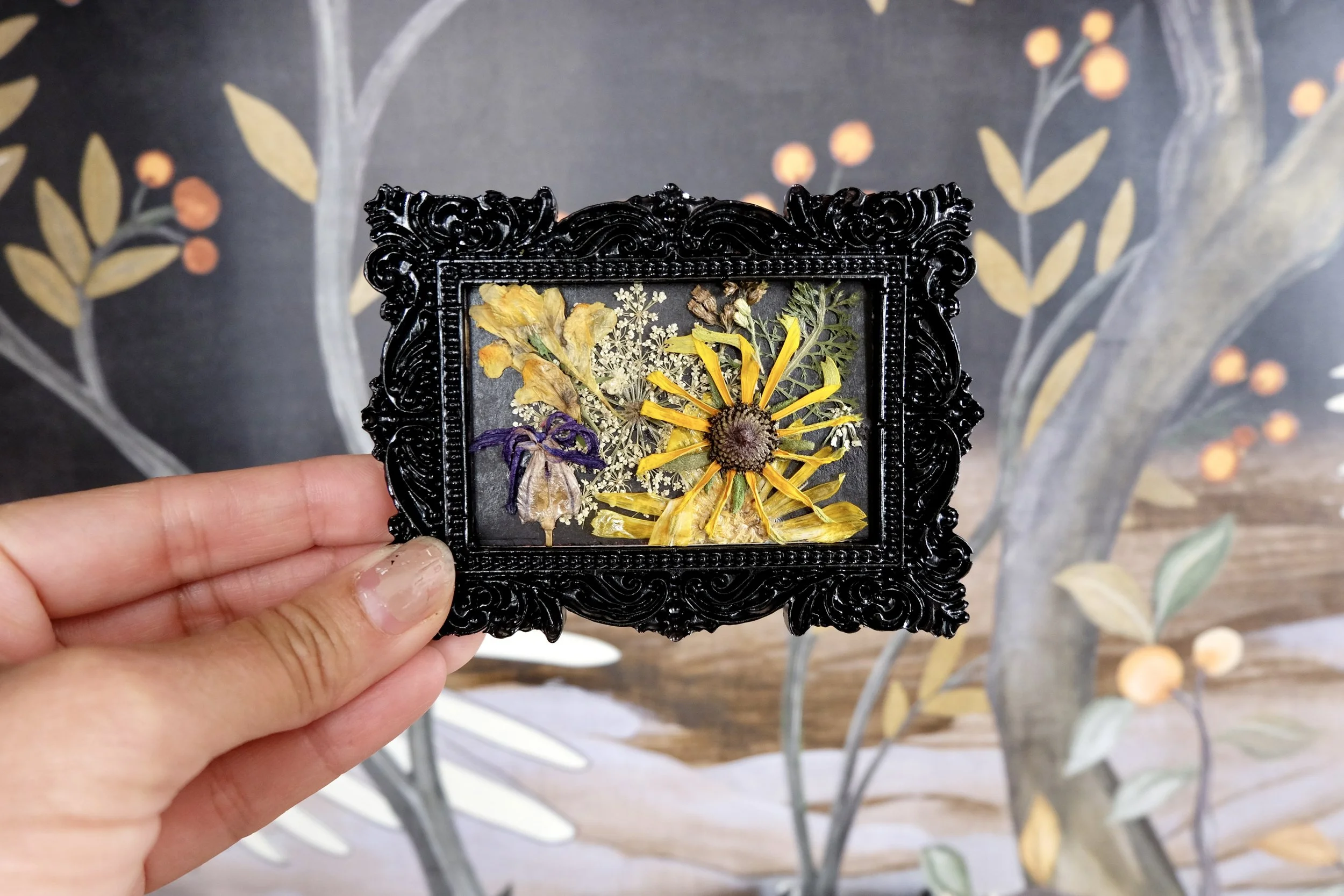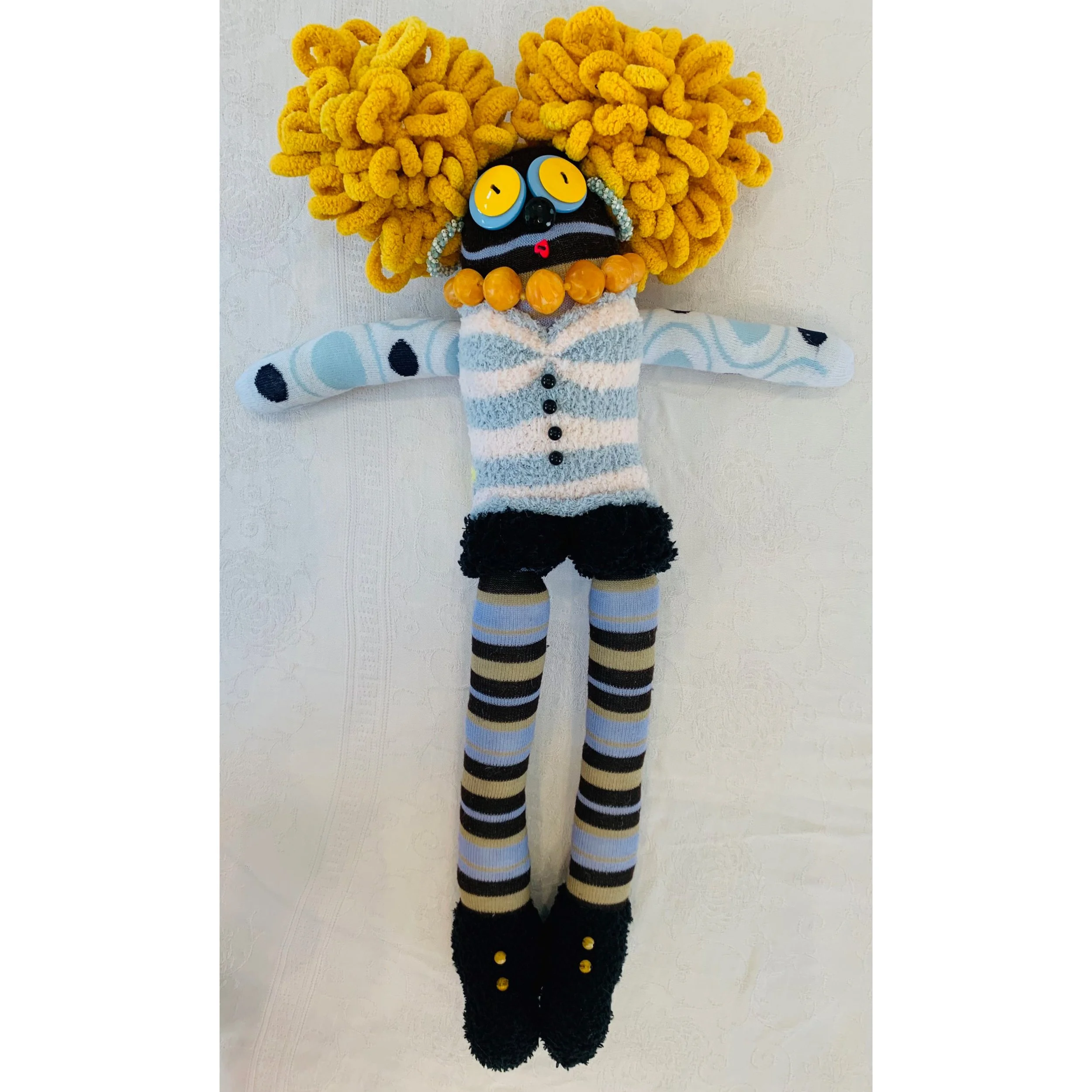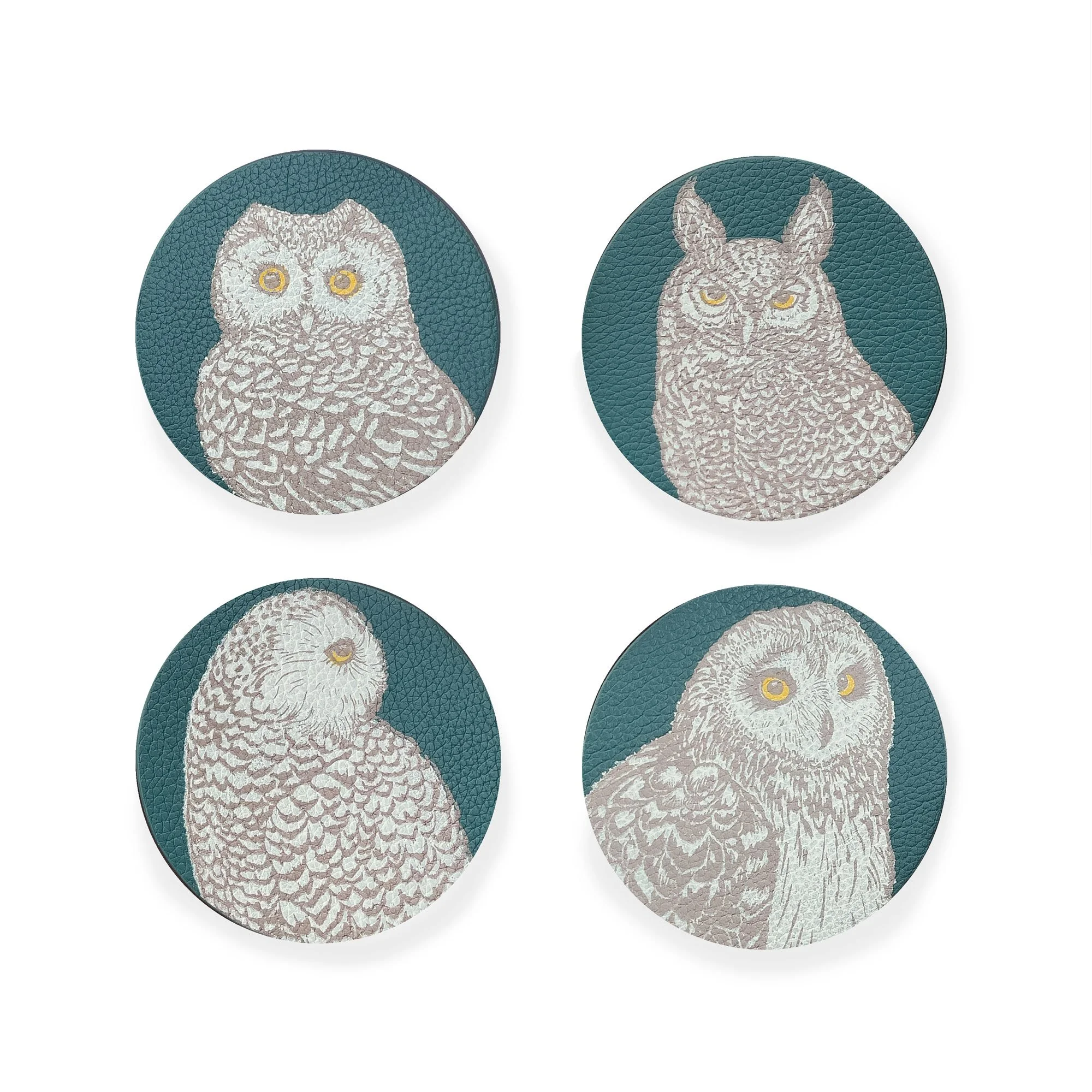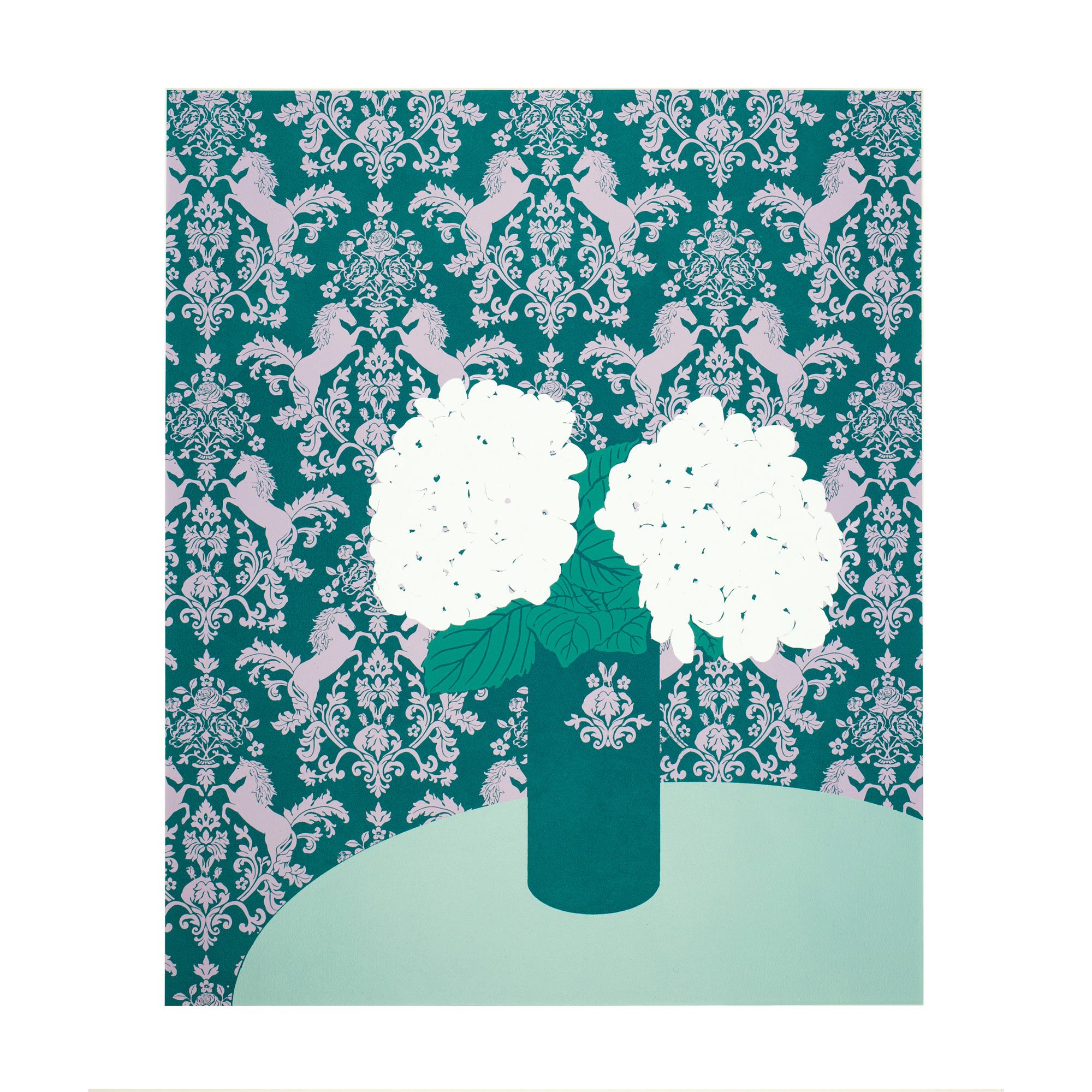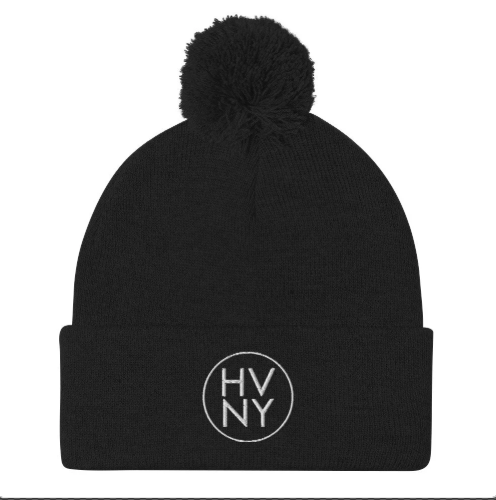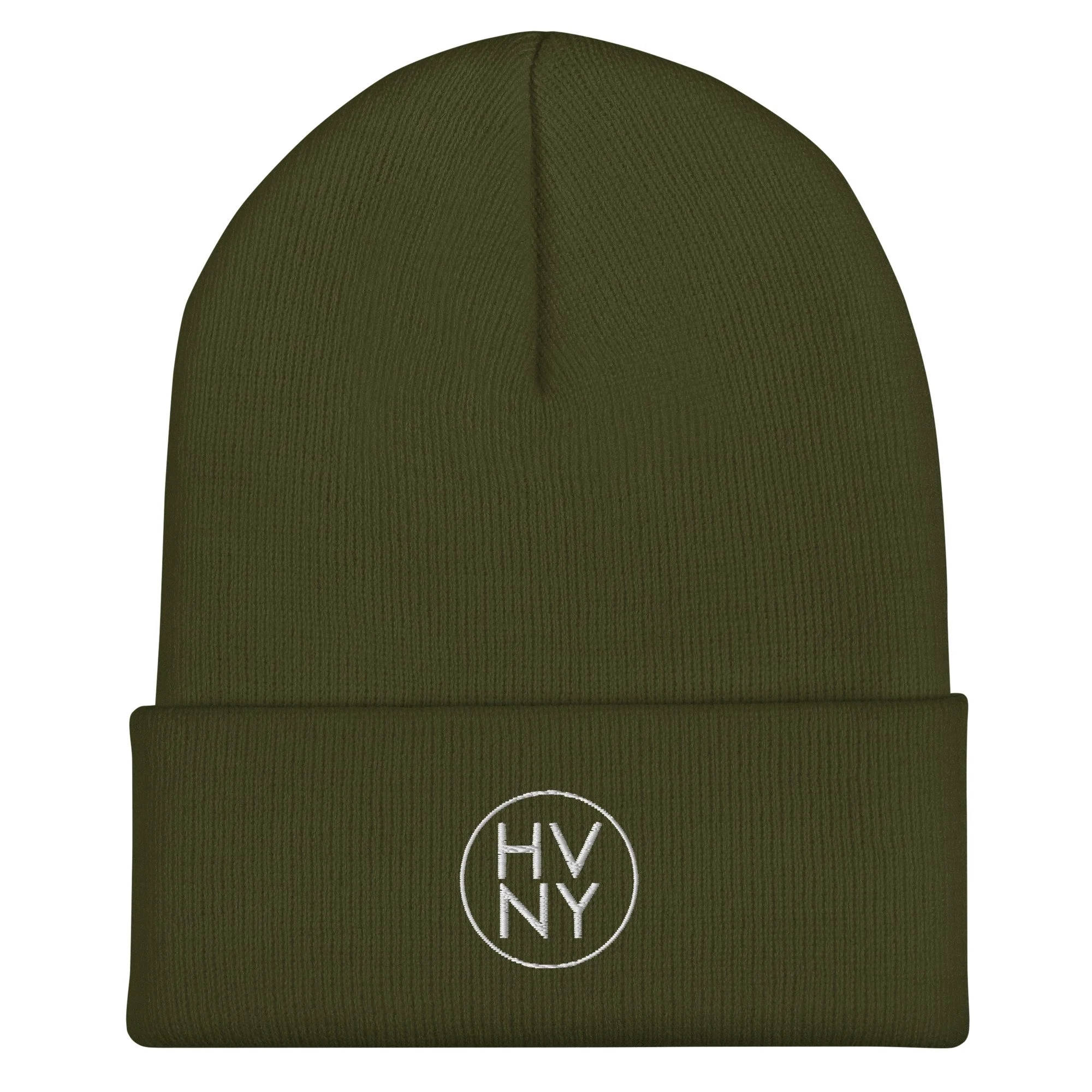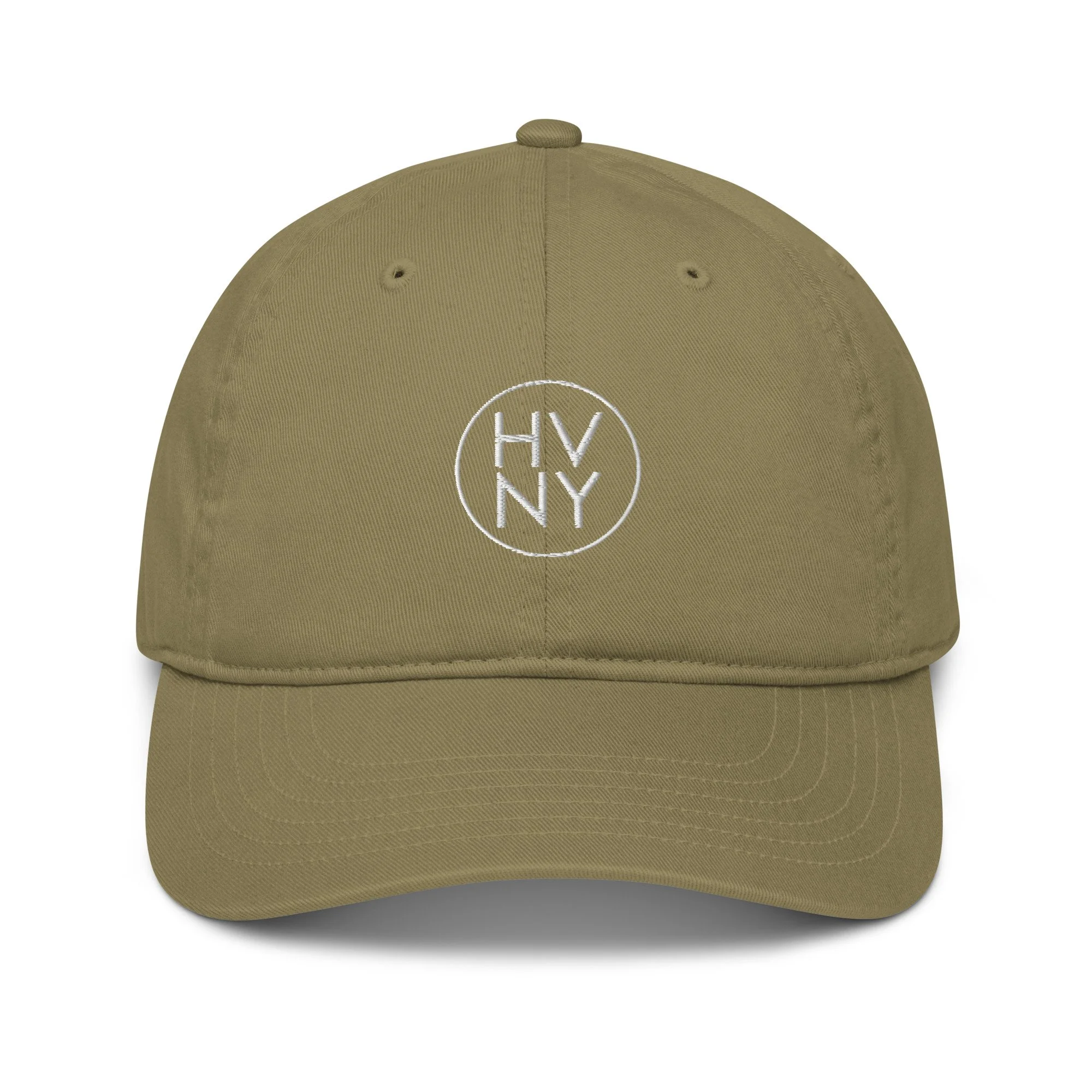The Hudson Valley Firefly Project
Photo by Julian Diamond
Humans are impacting fireflies here in the Hudson Valley – but we can also help them thrive again
Long summer nights full of dark skies dotted with stars above and specks of light dancing on the fields below … if you’re lucky. When you step outside on a clear summer night, what do you see? The glow of fireflies in an untouched meadow, or floodlights, string lights and street lamps surrounded by concrete? Not only does artificial light affect the migrations of our native birds, but it’s also affecting the abundance of fireflies in our area.
Fireflies, also called lightning bugs or glow worms, are winged beetles that don’t just put on a dazzling summer evening show, they are guiding breakthrough medical treatments. The chemical that emits the firefly’s iconic light, called luciferin, activates an enzyme called luciferase that has been used to help observe interactions between cells, helping doctors “visualize HIV transmission, improve the detection of blood clots, better understand diseases like Parkinson’s,” while also paving the way for powerful anti-cancer drugs. In addition, luciferase is used to help detect bacteria contamination in milk, meat and other products.
But due to factors like habitat degradation, over-collection, light pollution and drought, firefly populations are dwindling. That’s why Juliana Chauca, a student at Ossining High School, is working on a project this summer to “evaluate the effects of human-related issues on fireflies in the Hudson Valley region.”
Chauca’s project, The Hudson Valley Firefly Project: Analyzing the Impact of Anthropogenic Disturbances on Abundance, aims to provide “insight into how human-caused environmental issues are impacting fireflies in this region.” Participants will observe firefly behavior, learn what is harming fireflies, and ways to help conserve them.
Anyone living in the Hudson Valley can join The Hudson Valley Firefly Project. Participants spend 2-4 nights in June and July monitoring fireflies in their backyard or a nearby location, and then submit their observations describing the behavior of the firefly flashes, estimating firefly abundance and even denoting the land management practices at the site, such as mowing cycles, pesticide use, irrigation, and outdoor lighting.
If you choose to participate in the study, you will be asked to:
- Complete a short demographic and STEM interest form
- Spend 2-4 nights in June and July observing fireflies in your backyard or a nearby location
- Complete an observational form during each observation period which includes:
-> Submitting your location, date, and time of each observation period (remains anonymous)
-> Describing the behavior of the firefly flashes
-> Estimating firefly abundance
- Complete a form on the land management (mowing, pesticide use, irrigation, outdoor lighting, etc.) of the area you are observing as well as the STEM interest form again.
Graph: Peak abundance of fireflies in 2022 took place in the first week of July (W5). Chauca notes: “You can really see the progression of the firefly season. This graph shows the abundance counts from 6/12 to 7/31/2022.”
Where can you find fireflies?
Fireflies can be found in a range of habitats, moisture is key. Watch areas like irrigated lawns, agricultural fields or damp meadows.
Why do fireflies glow?
Fireflies glow to communicate with potential mates, and predators. According to the Nature Conservancy, “every species of firefly has its own distinct pattern of flashing their light-producing bottoms.”
Fireflies also come equipped with a bitter taste if attacked, so predators have learned to avoid their foul-tasting glow.
Why are firefly populations declining?
Causes are not completely clear, but researchers say “some combination of habitat degradation and loss, light pollution, pesticide use, poor water quality, climate change, and introduced species.”
Lowering water tables due to drought can also reduce their habitat.
Have you heard of lightning in a bottle? Catching lightning bugs in a bottle, and the over-collection of the species has also led to a decline in populations.
What are some ways to help the firefly population?
Researchers say: “Protecting, restoring, and enhancing firefly habitat,” in addition to collecting baseline data on firefly populations.
Reduce the amount of exterior artificial light by either using timed lights, or motion sensors
Let logs and leaves rot in the wood line to help encourage their natural habitat
Don’t use pesticides in your yard or garden
Add a water feature to your yard
Tips to photograph fireflies
We attempted to take some photographs of fireflies in our backyard, but as you can see by the lack of images here, we were not only unlucky, but were obstructed by artificial lights of others around us. So we consulted with one of our favorite local photographers, Julian Diamond in Dutchess County, for some tips on capturing lightning bugs through the lens:
The ideal firefly habitat is a grassy meadow at the forest's edge, with a nearby source of slow-moving water. They flash most frequently on warm, muggy nights.
Fireflies are most active, and show up the best in photos, when it's very dark. Look for sheltered locations away from city lights; moonless nights are ideal. Astronomical twilight doesn't end until around 10:45pm this time of year, so be patient!
Use a camera or device capable of capturing long exposures, along with a sturdy tripod. Since firefly flashes are brief and relatively dim, it's important to maximize their impact by using a high ISO and a wide-open lens aperture. To really convey the magic of a firefly-filled evening, take multiple pictures without changing the perspective and then "stack" them in an editing program.
Experiment with focus to get sharp flashes at varying distances from the lens. You may be surprised at what you like best.
Join the Hudson Valley Firefly Project
To join the Hudson Valley Firefly Project, fill out the form, here: docs.google.com/forms/d/e/1FAIpQLSeKnWa4gU-U4-3SBkq7DPWiuvHrqXZxE1KApD91q8YcfjQlUA/viewform
Source reading: Conserving the Jewels of the Night





